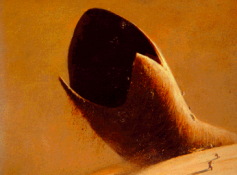
We spend a lot of time answering reader questions about various sorts of worms. Most frequently, we try to identify what type of worm (or other sort of creature) a reader found based on a picture (if we’re lucky) and whatever other information a reader cares to provide. To mix things up, though, we decided to imagine if someone sent us a picture of the Dune sandworm and asked us to identify it, perhaps with a question such as this: “I found a large reddish, brown worm that is several hundred feet long and a hundred feet thick. What is it and how do I get rid of it?” We have no advice on the matter of getting rid of the sandworms from Dune, which would require a small army, but we can offer some whimsical speculation about what a sandworm is. That is, if the sandworms in the fictional Dune universe actually existed, how might a naturalist classify them? Basically, we are asking a biological question about a fictional creature. This actually isn’t as crazy of an endeavor as you might image, considering there is a Dune Encyclopedia that comes up with two scientific names for Dune sandworms: Geonemotodium arraknis and Shaihuludata gigantica.
By “Dune sandworms,” we mean any of the sandworms that are found in the various artistic manifestations of the Dune universe. This of course includes Frank Herbert’s 1965 novel Dune, which started the franchise, and the sequels Herbert wrote, as well as the film and miniseries adaptations. Of course, these all concern the same sandworms, but we want to be clear that we aren’t limiting ourselves to any particular version of Dune.
The sandworms could essentially fit into two types of preexisting taxonomic groups, although neither one of them fits the creature very well. Perhaps the most natural way to classify sandworms is to think of them as, well, worms. Although the definition of “worm” is loose at best, annelids are uncontroversially called “worms,” and sandworms seem to fit reasonably well into this phylum because they have segmented bodies. (This is what annelids are – segmented worms.) Also, some annelids can get fairly large, like huge earthworms. Obviously, a huge earthworm is nowhere near the size of some sandworms, which are at times described as being 400 meters (a little more than 1,312 feet) long and 40 meters (about 131 feet) thick. Sandworms also live in (not surprisingly) dry sand, which would make a terrible environment for annelids, which need moisture to survive.
Although some leeches (which are annelids) have a few teeth, this biological adaption is almost entirely lacking from the phylum Annelida, and given that sandworms have rows upon rows of gigantic teeth, this is a problem for classifying sandworms as annelids. Because of their teeth, sandworms are actually a bit like lampreys, which make up the order Petromyzontiformes. Lampreys are fish that lack jaws and have tooth-lined mouths that are like sucking funnels. Lampreys aren’t even particularly large fish, however, and even more problematically water is poisonous to sandworms, so a 400-meter-long creature that dies when in contact with water would make a very strange addition to the order Petromyzontiformes. (Many annelids are also aquatic animals, so this weakness of sandworms works against their inclusion in the phylum Annelida as well.)
So, we must conclude that we aren’t sure how to identify the “large reddish, brown worm that is several hundred feet long and hundred feet thick.” We hate to disappoint our imaginary question-asking reader, but sandworms are hard to classify. Physically (their enormous size notwithstanding), they are a bit like annelids and lampreys, but their other characteristics make them poor fits for either group. Perhaps sandworms demand a taxonomic group unto themselves.
All About Worms is always free, always reader-supported. Your tips via CashApp, Venmo, or Paypal are appreciated! Receipts will come from ISIPP Publishing.
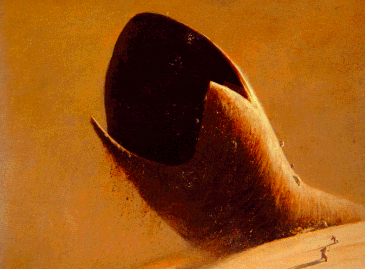



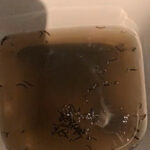

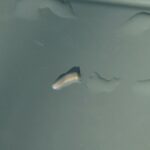
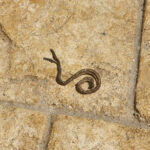
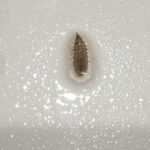
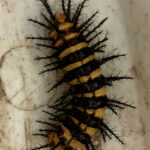
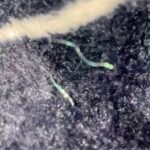
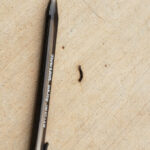



And apparently, they are now found, on a small scale, in Colorado, USA. Something about a Bene Gesserit’s science class experiment gone wrong…… Fortunately, she knows a couple of good lawyers… I think she was just trying to “spice up” her website…… But we all hope she lives 400 years… Like the imbibers of Dune liquor are supposed to be able to do.